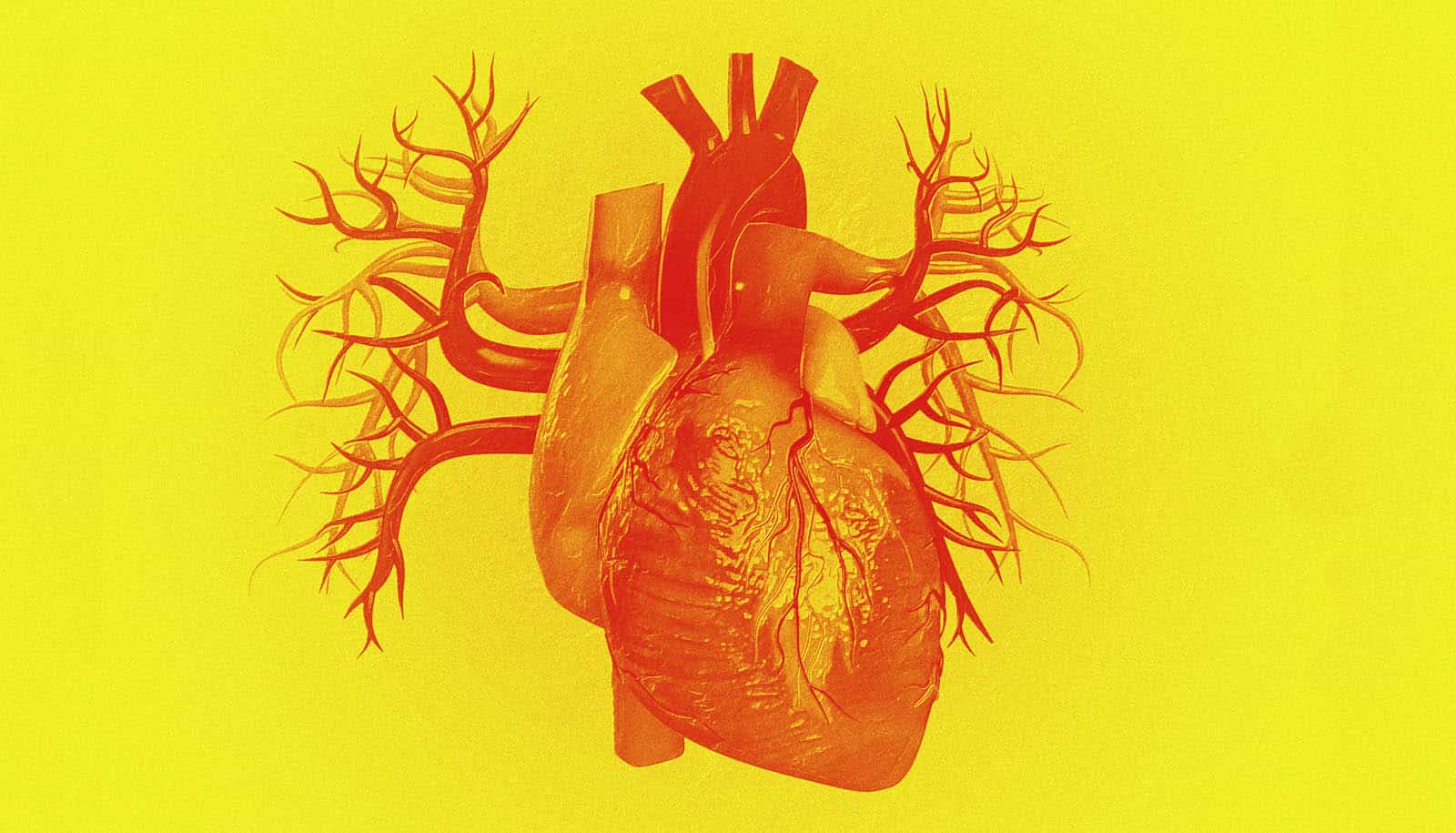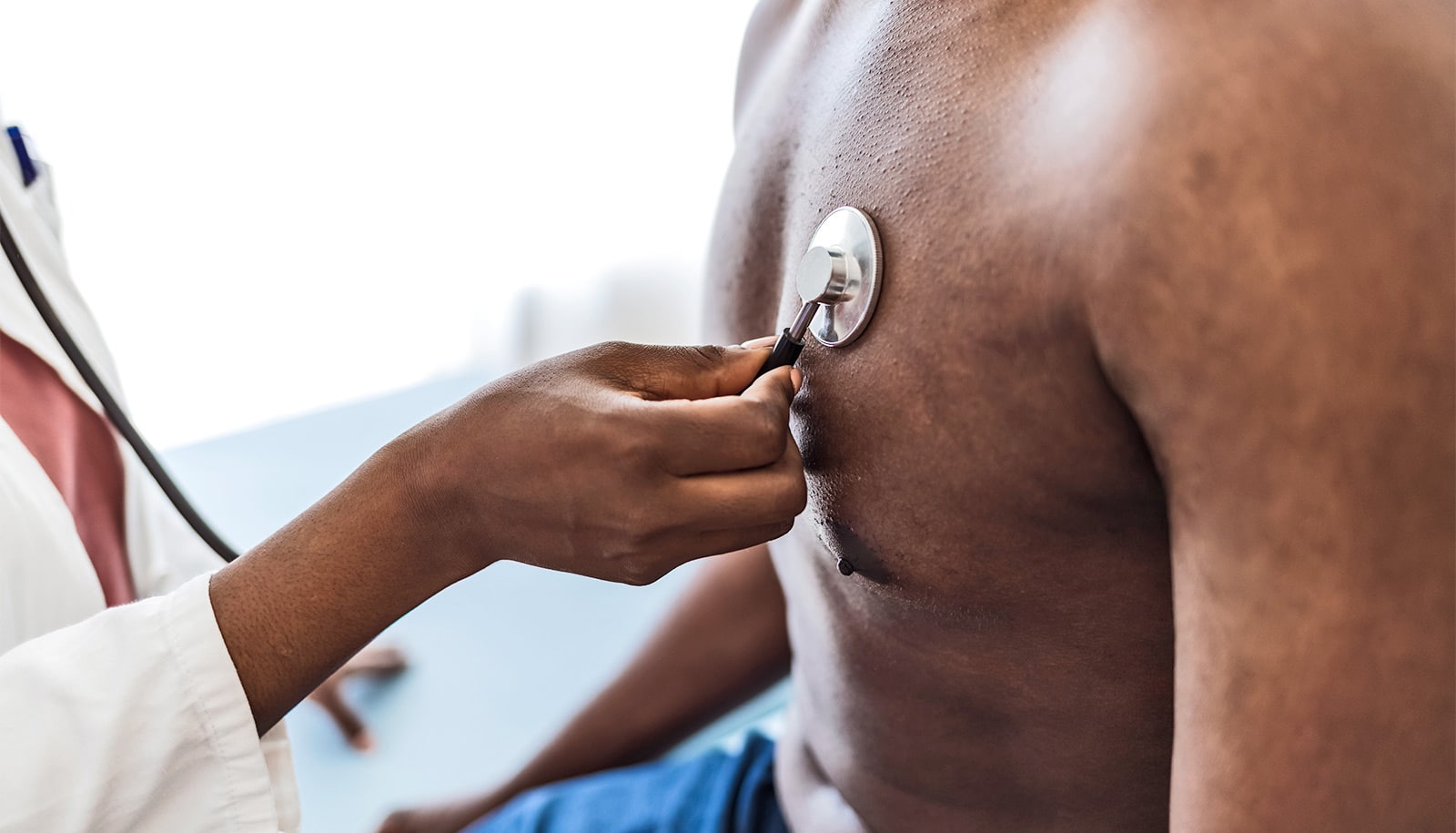The number of heat-related cardiovascular deaths in the United States will increase over the next four decades, according to a new analysis.
Extreme heat can affect heart health in many ways, including increased heart rate, changes in blood pressure, and increased inflammation. Left untreated, these issues can be deadly.
The findings, published in Circulation, indicate that older adults and Black adults will experience greater increases in excess cardiovascular deaths due to extreme heat.
“As global temperatures rise, analyzing how demographic and environmental trends are connected is necessary for accurate forecasts of how extreme heat events will impact the cardiovascular health of US adults in the coming decades,” says senior author Sameed Khatana, an assistant professor of cardiovascular medicine at the University of Pennsylvania.
According to the analysis, the number of cardiovascular deaths associated with extreme heat among adults living in the United States is projected to have a statistically significant increase from the current period (2008-2019) to the mid-century period (2036-2065).
To reach this conclusion, researchers evaluated the number of cardiovascular deaths that were associated with extreme heat from 2008-2019. In that time period, there were an average of 54 days each summer when the heat index rose to or above 90 degrees and a total of 1,651 related cardiovascular deaths annually.
Researchers then combined this estimate with the projected number of extreme heat days, as well as population levels in the middle of the century. As a result of more regularly recurring hot temperatures and demographic changes, they project between 4,320 to 5,491 deaths annually come the middle of the 21st century.
Furthermore, the researchers analyzed this impact on subgroups of populations, including older adults and Black adults and found that Black adults may experience even greater increases of cardiovascular related deaths due to heat exposure, with a more than 500% increase in the coming decade compared to current deaths from cardiovascular related complications.
This could be due to the increased risks Black adults have for cardiovascular disease, which can be tied to factors such as social determinants of health (like neighborhood poverty level) and clinical factors (such as blood pressure).
Additionally, previous studies have shown that neighborhoods with a higher proportion of non-white residents have lower air conditioning access and less tree canopy cover which increases heat exposure to the residents of these neighborhoods.
“This is a health equity issue and without steps to mitigate its impacts, extreme heat may widen the pre-existing cardiovascular health disparities that already exist between communities in the United States,” Khatana says.
Additionally, people with underlying conditions such as diabetes and heart disease are at a greater risk when temperatures rise. Irregular heartbeat, heart attack, or stroke can occur as the body tries to cool itself down.
The authors recommend infrastructure investment in high-risk communities to help mitigate the effects of climate change. For example, increasing tree canopy cover and developing heat action plans—which ensure vulnerable populations have ways to cool down during instances of increasing temperatures—are all ways to help lower the number of cardiovascular deaths related to extreme heat.
The American Heart Association and the National Heart, Lung, and Blood Institute funded the work.
Source: Penn



